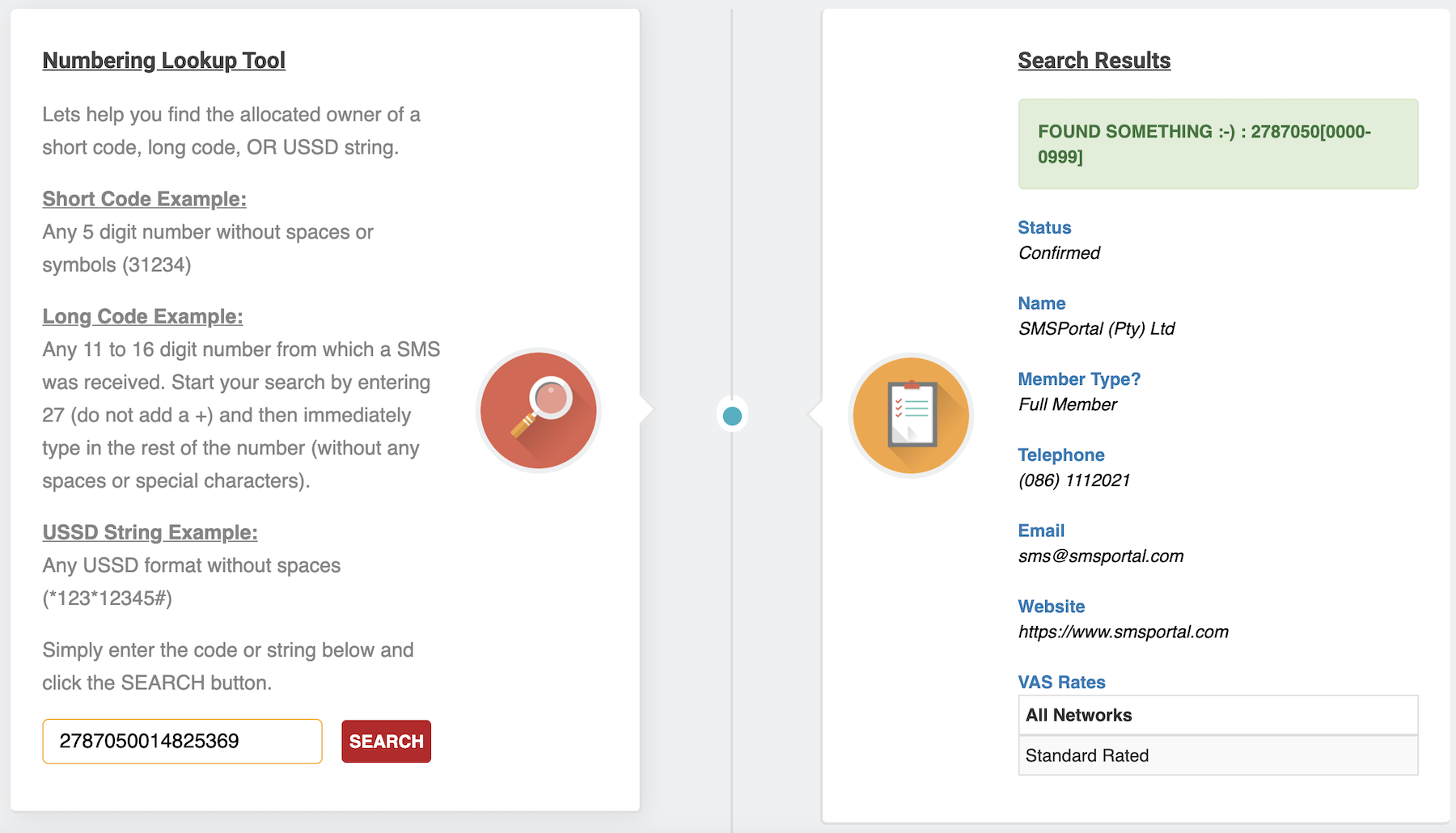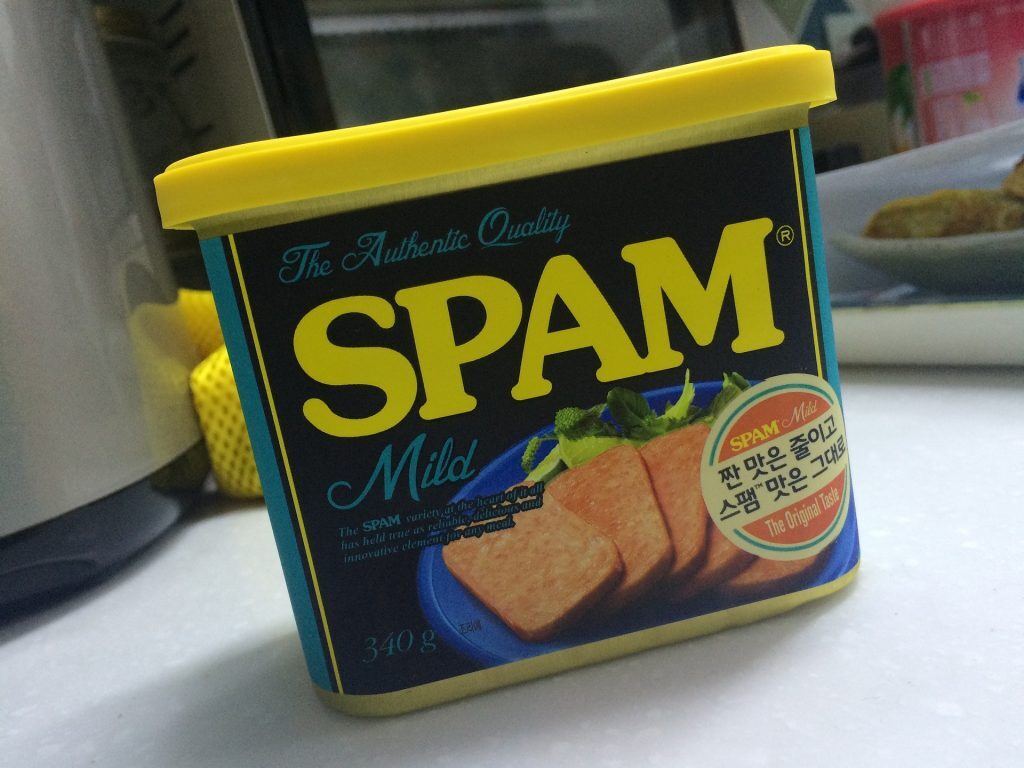SMS spam is almost (almost!) as annoying as spam phone calls that are immediately followed by some robotic voice attempting to sell you something or tell you they need you help to locate John Connor or something. WASPA, the South African Wireless Application Service Providers’ Association, has a new tool that might help with that.
Ant-Man and the WASPA
 It doesn’t have a fancy name, it’s just called the Numbering Lookup Tool and it’s available online. If you want to work out which company is constantly sending you spam messages, all you need to do is head over to the portal and type in one of three strings.
It doesn’t have a fancy name, it’s just called the Numbering Lookup Tool and it’s available online. If you want to work out which company is constantly sending you spam messages, all you need to do is head over to the portal and type in one of three strings.
It depends on what you’re sent but you can look up short codes, long codes (up to 16 numbers) and USSD strings. If the outlet sending you spam is registered with WASPA, their contact details will be provided. There is, of course, always the chance that your spammer is not registered, in which case they’re probably seriously scummy and you shouldn’t send them money, ever.
Assuming they’re registered, then, according to WASPA’s managing executive Ilonka Badenhorst, “…their contact details will be provided, allowing the consumer to contact them directly to obtain more information on the originator of the message, to request to be removed from the database or to lodge a complaint.”
We tried the tool out ourselves, using one of the many unmarked and unsigned spam messages living on a smartphone and got back quite a comprehensive result. The Codes Project tool, says Badenhorst, is part of the Association’s Do Not Contact (DNC) initiative, which lets consumers avoid unsolicited sales communications.
She adds, “It is worth noting that the Consumer Protection Act and the Protection of Personal Information Act contain specific provisions regulating direct marketing, and that WASPA’s Code incorporates all of the requirements of these laws. Moreover, this Code is binding on members of WASPA and any companies sending messages via a WASPA member.”




